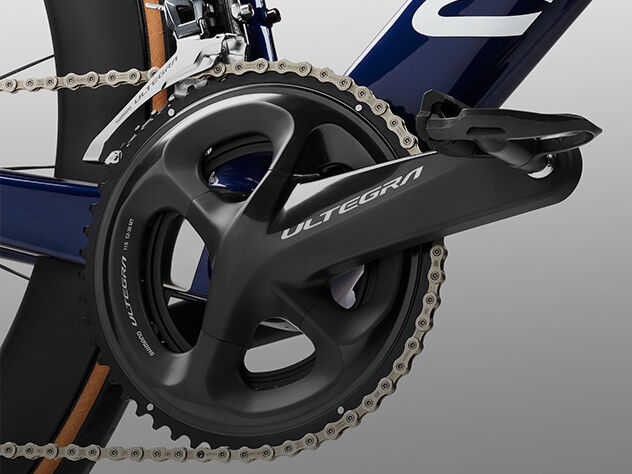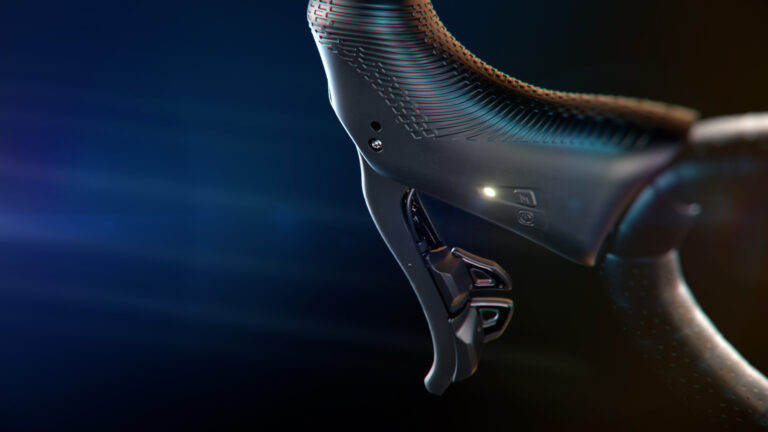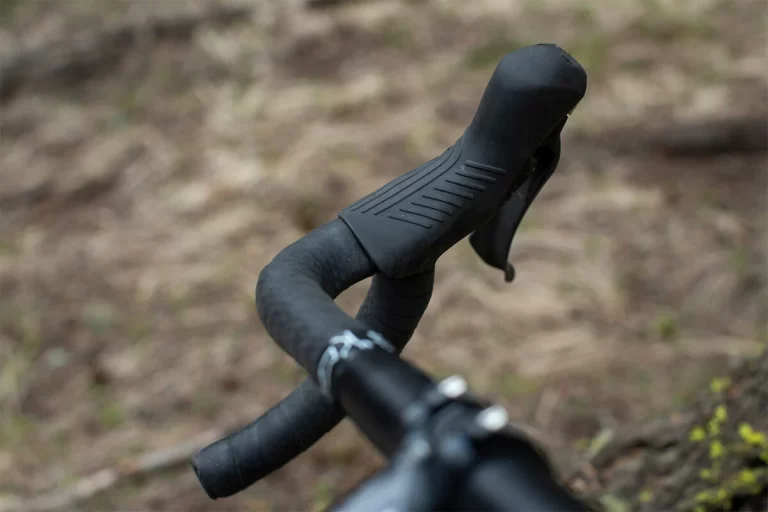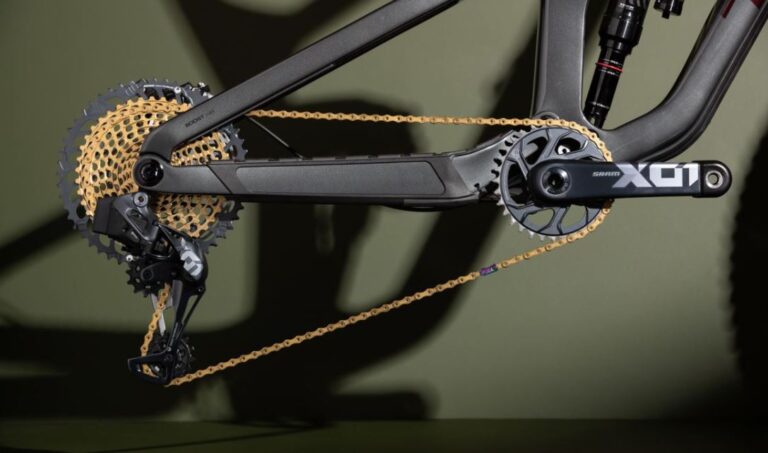Navigating the Shifts: The Evolution of Bike Groupsets
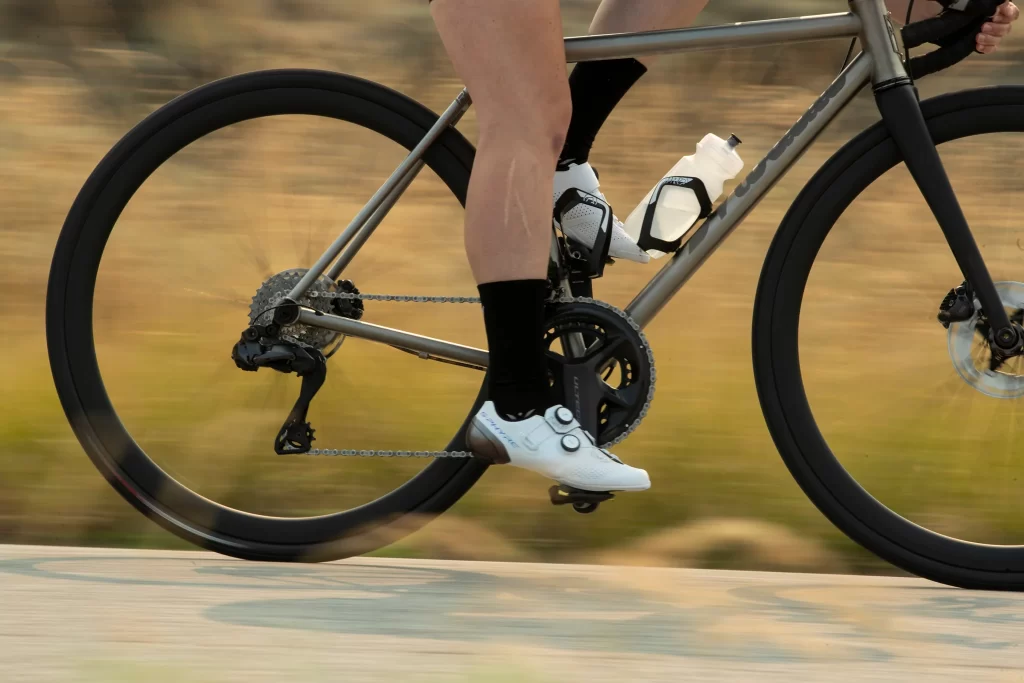
Key Point Summary of The Evolution of Bike Groupsets:
- Early Beginnings: Starting with rudimentary shifting mechanisms, the initial groupsets laid the groundwork for future innovations.
- Technological Breakthroughs: The introduction of indexed shifting, integrated brake and gear levers, and electronic shifting transformed rider experience.
- Material Advancements: From steel to aluminum to carbon fiber, materials have evolved to reduce weight and enhance durability.
- Future Horizons: The ongoing developments in wireless technology and integration of smart components predict an exciting future for groupsets.
As a masters cyclist with a wealth of experience from mountain biking escapades to the strategic demands of cyclocross and the endurance tests of gravel biking, I’ve had the privilege of witnessing firsthand the incredible advancements in bike groupset technology. For those new to the term, a groupset refers to the collection of bike components responsible for braking, shifting gears, and the drivetrain.
This journey through the evolution of bike groupsets not only highlights key innovations but also reflects the cycling community’s relentless pursuit of performance optimization. Let’s pedal through the history, technological advancements, and the future of bike groupsets, offering a comprehensive overview for beginner to mid-level cyclists.
From Humble Beginnings to Sophisticated Systems
The evolution of bike groupsets is a fascinating tale of innovation. Initially, bicycles were equipped with simple, single-speed setups. The early 20th century saw the introduction of external gear systems, which required riders to manually adjust the chain between sprockets. It was a cumbersome process, but it marked the beginning of variable gearing on bikes.
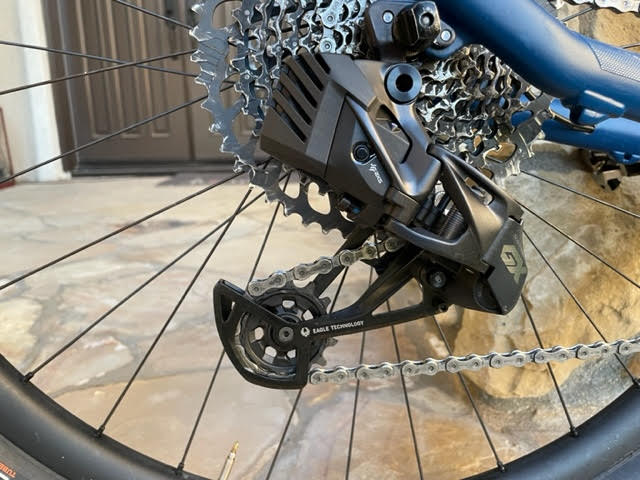
The Indexed Shifting Revolution
A significant leap forward came with the advent of indexed shifting in the 1980s. This system, which provided tactile clicks to signal gear changes, allowed for precise and reliable shifting. No longer did riders have to guess whether the chain had engaged the desired cog. This innovation greatly improved the cycling experience, making gear changes seamless and boosting rider confidence.
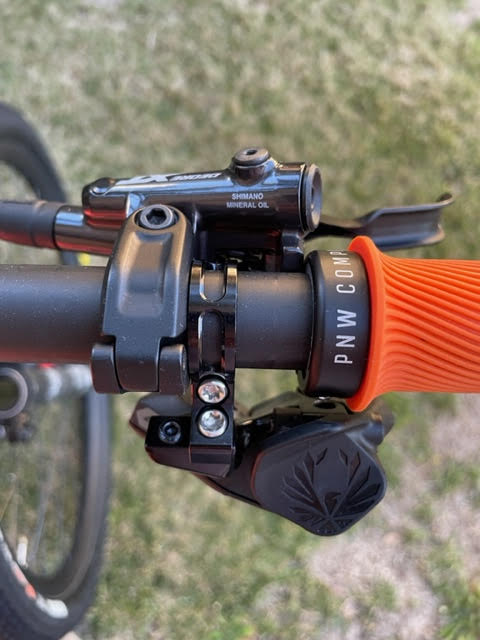
Integration and Automation
The integration of brake and gear levers was another game-changer. Introduced in the early 1990s, this design meant that riders could shift gears and brake from the same position on the handlebars, enhancing control and safety. The next major milestone was the introduction of electronic shifting systems in the 2000s. These systems replaced mechanical cables with electronic signals, resulting in faster, more precise shifts and reduced maintenance.
Material Matters
The materials used in groupsets have also evolved. Early groupsets were predominantly made from steel, which, while durable, was heavy. The shift to aluminum reduced weight significantly, and today’s high-end groupsets often use carbon fiber and titanium for even greater weight savings and stiffness. These material advancements have contributed to the overall efficiency and performance of bicycles.
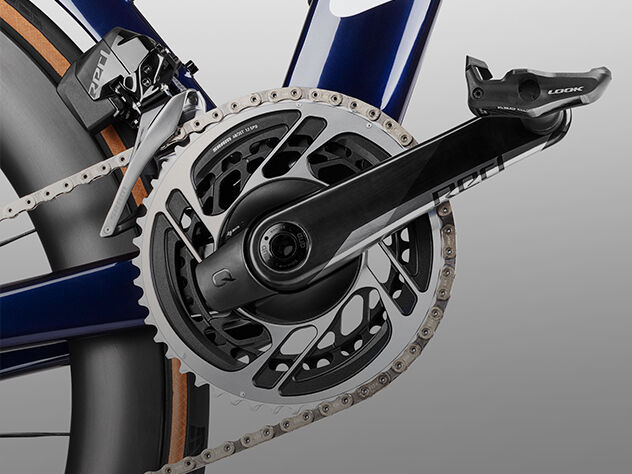
The Future of Groupsets
Looking ahead, the evolution of bike groupsets shows no signs of slowing down. Wireless shifting technology is already here, eliminating the need for physical cables and further streamlining the aesthetic and function of bikes. Additionally, smart groupsets with integrated sensors for performance tracking and diagnostics are on the horizon, promising to revolutionize how we interact with our bikes.
In Conclusion
The journey from the simple gear setups of the past to today’s sophisticated groupsets is a testament to human ingenuity and the cycling community’s continuous quest for improvement. For cyclists at the beginning or mid-point of their journey, understanding this evolution can enhance appreciation for the technology at their fingertips (or toe tips) and inspire confidence in the use of these advanced systems.
As we look to the future, one thing is clear: the evolution of bike groupsets will continue to push the boundaries of what’s possible, making cycling more efficient, enjoyable, and accessible to riders of all levels. Whether tackling a rugged mountain trail, navigating a cyclocross course, or cruising on gravel, the right groupset can make all the difference in your ride.
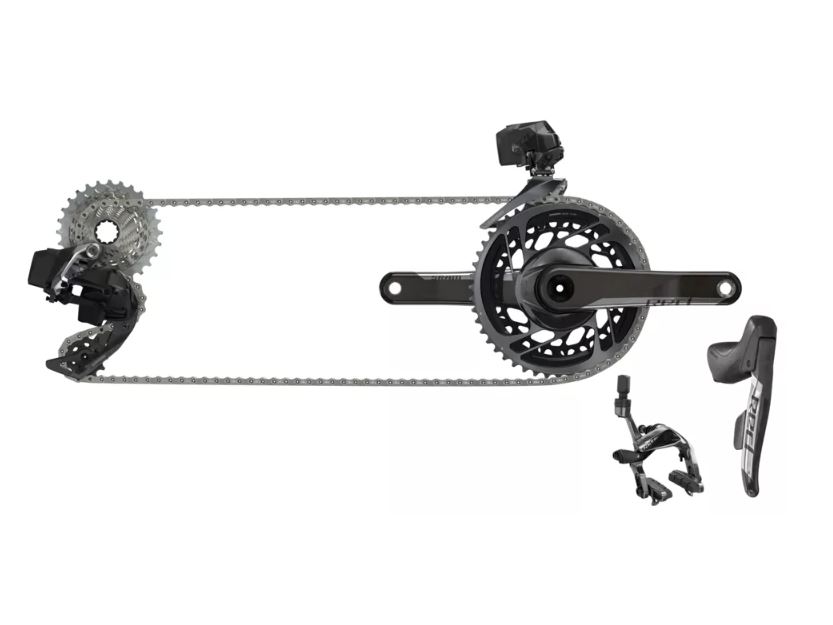
SRAM’s top-of-the-line groupset that has received widespread acclaim for its innovation, performance, and integration of advanced technologies is the SRAM Red eTap AXS. This groupset is a testament to the evolution of bike component technology, showcasing features like wireless electronic shifting, app integration for customization and monitoring, and a 12-speed cassette that offers a wider range and more precise gear steps.
SRAM Red eTap AXS Highlights:
- Wireless Shifting: The eTap system is entirely wireless, removing the need for cables and ensuring clean aesthetics along with reduced maintenance.
- AXS App Integration: Through the AXS app, riders can customize shift patterns, check battery levels, and update firmware, showcasing the smart capabilities of modern groupsets.
- 12-Speed Cassette: With 12 gears at the back, riders have a broader range to tackle steep climbs and fast descents, all while enjoying smoother transitions between gears.
- Orbit Chain Management: This technology provides a quieter drivetrain and secure chain management across rough terrains, making it suitable for road, gravel, and cyclocross biking.
- Power Meter Integration: The option for an integrated power meter within the crankset highlights the groupset’s focus on performance metrics and training efficiency.
Given these features, the SRAM Red eTap AXS stands out as a premier choice for cyclists seeking the latest in groupset technology, offering a blend of performance, convenience, and innovation that reflects the significant strides made in the evolution of bike components. Whether you’re racing, training, or exploring, this groupset is designed to elevate the riding experience across various conditions and disciplines.

FAQ
Does a better groupset make you faster?
A better groupset can contribute to improved speed indirectly through lighter weight, more precise and reliable shifting, and better overall efficiency, which can help you maintain higher speeds with less effort. However, the actual impact on speed will also depend on the rider’s fitness, technique, and conditions.
Why are groupsets so expensive?
Groupsets are expensive due to the advanced materials (like carbon fiber and titanium), precision engineering, and technological innovations (such as wireless shifting) they incorporate. Research and development costs, along with the integration of electronic components in higher-end models, also contribute to their high price.
